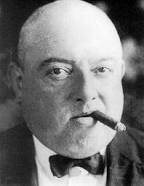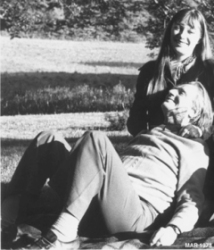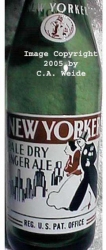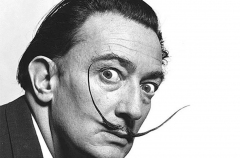
Hugo Scheiber was born in Budapest, Hungary in 1873 but went to live in Vienna with his family at an early age, moving back to Budapest in 1890. Starting in 1898 he studied at the Kunstgewerbeschule in Budapest, attending evening classes, while working during the day to support his family and finished his studies in 1990. A post-impressionistic plein air landscape period followed, however from the 1910′s he showed an early interest in Futurism and German Expressionism. He met Filippo Tomasso Marinetti in 1915 and they became personal friends. The latter invited him to join the Futurist movement. He developed a unique modernist style which was closer to German Expressionism than Futurism. He depicted the essence of cosmopolitan life using stylised, expressive colours and forms.
In 1919 Hugo Scheiber exhibited in Vienna with Bela Kadar at the Hevesy Salon. As a follow up, he moved to Berlin where his work found strong sympathy with Herwath Walden, the founder of Der Sturm, Germany’s foremost avant-garde periodical and a Berlin gallery by the same name. From 1921, Scheiber’s paintings appeared regularly in the journal and exhibitions followed in New York, London, Rome. His friend Marinetti invited him to partake in „Mostra Nazionale d’Arte Futurista“, the momentous Futurist meeting held in Rome 15-30 April, 1933.
After his expressionism of the 1920′s, he swayed towards art-deco in the 1930′s.




.png)